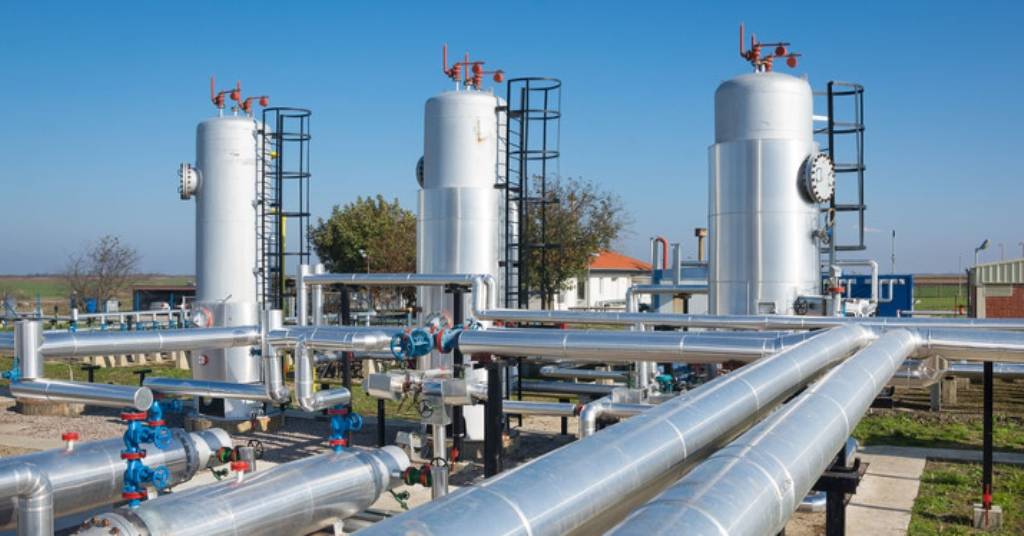
Two of the most important topics of discussion in Cop 26 this year have been Energy Security and Climate Change. These topics were brought up specifically in considering the huge impact decarbonising the world would bring on economies that primarily produced or relied heavily on fossil fuels.
While various countries are still racking their head and coming up with innovative techniques like zapping cow dung with artificial lightning to trap the methane within so that it cannot add to the growing global warming. India has also been working hard and recently a scientist from IIT Madras came up with a solution to maintain Indian energy security while also mitigating the problems due to climate change.
Prof. Rajnish Kumar of IIT-Department of Chemical Engineering has completed a GAIL-funded experiment that demonstrates how to isolate carbon dioxide in a nearly pure form from flue gases from industries, notably coal-fired thermal plants. The next step is to inject the carbon dioxide into the gas hydrate zones, whereupon the carbon dioxide molecules push out the resident methane molecules and take their place. The methane can be tapped off.
Hydrates are defined as a combination of water and a gas "a gas-filled solid form of water that resembles ice in the voids of its molecular structure" Kumar's method for isolating carbon dioxide from flue gases is straightforward: chill the gas to 1.5 degrees Celsius, pressurize it to 30 bars, and let it react with water.
Hydrates are a combination of water and gas that is characterized as "a solid, ice-like form of water containing gas molecules" in its molecular cavities"
Due to its fragile structure its actually very difficult to extract natural gases from the hydrates as even a small mistake might end up causing the collapse of the hydrates which might lead to a huge disaster in the nearby ecosystem.Kumar's method for isolating carbon dioxide from flue gases is straightforward: chill the gas to 1.5 degrees Celsius, pressurize it to 30 bars, and let it react with water. Carbon dioxide hydrates will develop when carbon dioxide separates. When the chamber is depressurized, (almost) pure carbon dioxide separates from the hydrates.
Kumar also proposes injecting the Co2 into the methane hydrate zone again for extraction. India contains a staggering amount of natural gas in the form of hydrates, estimated to be in the order of 2,000 trillion cubic feet.
In the Krishna-Godavari basin alone, there are around 134 trillion cubic feet. The Gas Hydrate Program has been racking its brains for a way to extract the gas from the reservoir. Now with Kumars Solution, it might just be possible for India to be able to take advantage of its natural resources.
This also comes in a very critical time for India when India needs new innovations like these to fulfil the commitments that it had recently made in the COP26.
















